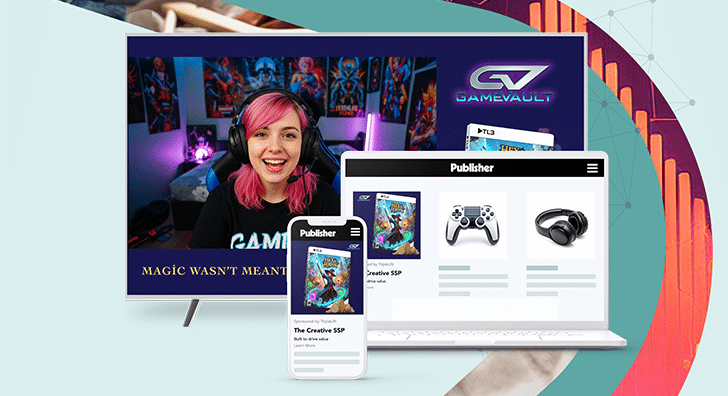Native advertising has proven to be a great way for brands to interact with consumers. The ability to offer contextually relevant information while seamlessly assimilating the message within the form and function of a website has made it a method of advertising that is more appealing, if not at least more tolerable, than other forms of advertising But within the confines of native, advertisers can do even more to connect with consumers on a personal level.
UGC, or user-generated content, has exploded in popularity. Thanks in part to mobile devices and social sharing sites, consumers are acting as brand ambassadors more than ever. They are not afraid to shoot, share and showcase their favorite brands and products. These images are perfect sources for native advertising creative, and brands that tap into this phenomenon will ultimately reap the benefits.
It’s simple, really – the most compelling way to show how great your product is, is to show real life people touting it themselves. Real people taking authentic photos are the ones that resonate online, not contrived pictures of models or forced settings. Consumers are skeptics; so seeing someone they can relate to goes along way in helping to build trust with a brand. TripleLift found this to often be the case. Having analyzed over 100 native advertising campaigns, we found out that pictures of real life people in natural settings drove 45 percent higher click-thru-rates, and generated 15x more shares than models in posed, studio environments.
Other studies concur with these findings. According to Olapic, customers engage more with photos than with text reviews, which could lead to a fivefold increase in interactions. Conversion rates on product pages that include customer photos can increase up to 30 percent.
West Elm is a shining example of a marketer that has fully embraced this new, inclusive visual philosophy. West Elm has leveraged the grassroots enthusiasm of consumer brand ambassadors who are snapping photos of their West Elm-filled living rooms and sharing them on visual platforms like Instagram, Tumblr and Pinterest. These consumer content creators have become integral to West Elm’s site, helping consumers understand how their products look in a real-world, relatable environment.
As consumers are inundated with content and messages from friends, families, and brands, it’s the content they shoot themselves using something as simple as their smartphone camera that will go viral.







